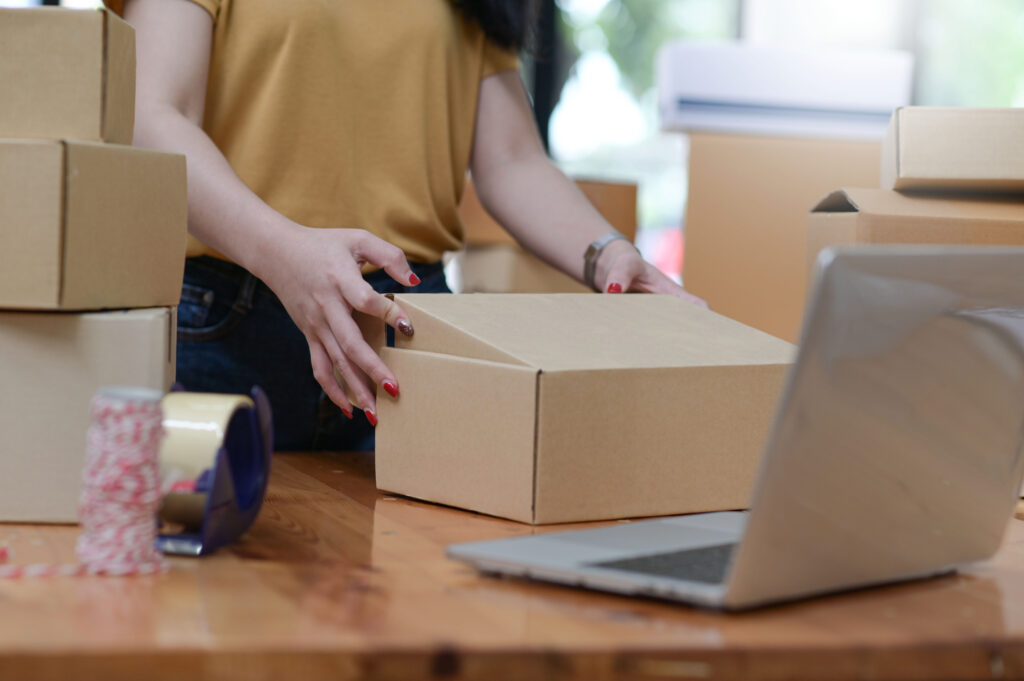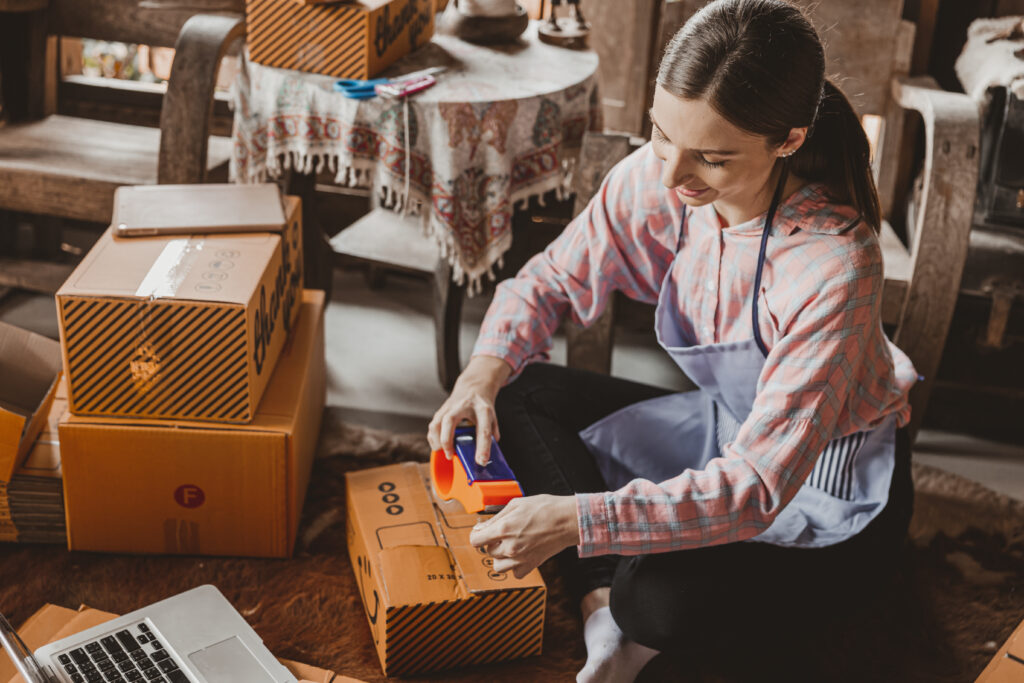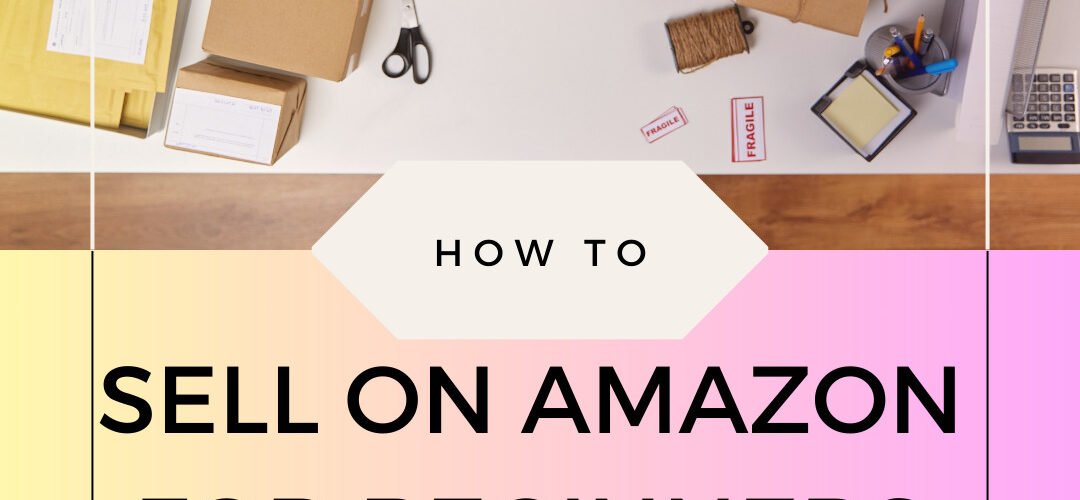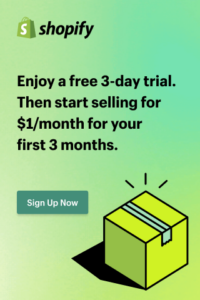
Why sell on Amazon
In the ever-evolving landscape of e-commerce, Amazon stands as a titan, an unrivaled marketplace that has redefined the way we shop and conduct business. With its immense reach, extensive customer base, and unparalleled sales volume, Amazon presents a lucrative opportunity for entrepreneurs and businesses to thrive in the digital age.
Consider this: In 2020 alone, Amazon’s net sales soared to a staggering $386 billion, an astonishing testament to the platform’s unparalleled selling power. This behemoth’s virtual shelves are home to millions of products, attracting over 300 million active customers worldwide. And the best part? You can be a part of this global phenomenon.
In this comprehensive guide, we will delve deep into the world of Amazon, exploring not only why selling on this platform is a compelling choice but also how to navigate its intricacies effectively. Whether you’re an aspiring entrepreneur seeking a new venture or an established business aiming to expand your digital footprint, selling on Amazon can propel you towards unprecedented success.
What you need to start
First of all, you need a Seller account. Registration is fast but to make an account you will need to have the following information handy:
- Bank account number and bank routing number
- Chargeable credit card
- Government issued national ID
- Tax information
- Phone number
Selling Plans
When you sign up for a new account, you will need to pick from one of two selling plans.
- If you are planning to sell less than 40 items on Amazon, start with the Individual plan because it has no monthly subscription fee.
- If your range of products is wider, subscribe to a professional Amazon account that will cost you $39.99/mo.
TIP: If you decide to start with the individual plan, you can always upgrade later to a professional plan.
How to Find Items to Sell on Amazon
If your burning question is how to find items to sell on Amazon, you’re in good company. There are different methods, across difference specialties, or niches, to source products to list on Amazon. Indeed, there are an overwhelming array of options that might leave you confused and anxious that you’re making the wrong choice.
My best advice for beginners selling on Amazon is to go broad, not deep. Don’t sink too much capital into any single product when you are learning the platform.
To jumpstart your thought process, let’s review some basic types of product sourcing.
Retail Arbitrage
Retail arbitrage is a fantastic opportunity to not only learn how to sell on Amazon, but to find and source products affordably at your local retail stores. Retail arbitrage, or RA for short, refers to buying retail to resell again. It may sound crazy, but you can literally comb through the deal racks of your local Wal-Mart, Lowes, or grocery store and find products you can resell at a profitable margin on Amazon, using nothing more than the Amazon Seller App and the time it takes you to scan those racks.
That 10 for $10 deal on boxes of mac and cheese could be bundled into 4-pack listings, for example, and sold via Amazon Prime for a tidy profit. Sound crazy? It may, until you realize you have been buying Prime from resellers doing this exact same method for years!
Consumers are paying for convenience. The convenience of staying home with babies and children for one. Maybe they are busy. Maybe they can’t find their favorite product locally. Maybe there is a pandemic and they want to stay home. Consumers are willing to pay more to get your product to their front door, with the ease of checking out with their Amazon app.
I love arbitrage because once you become proficient in it, you learn how to be a profitable seller on Amazon at lightning speed.
Online Arbitrage
For those who live in a rural area, or don’t have the ability to go out to shop due to children or busy schedules, online arbitrage, OA, could be a good fit for sourcing profitable products to resell on Amazon.
Online arbitrage refers to buying products online from retail ecommerce sites to resell. You are buying the items, shipping them to your home, business or prep center, and repacking them to send into Amazon FBA or to merchant fulfill yourself, which I will discuss later.
Wholesale
Selling wholesale on Amazon is another profitable method of sourcing for Amazon sellers. Buying wholesale direct from the manufacturer, distributor, or brand to resell at retail price is a popular method of sourcing that makes is easier to keep repurchasing and selling products you know to be profitable. Sellers refer to this as a replen, or replenishable, which is a product you can buy again and again.
Many, but not all products you find doing arbitrage may be one-off deals, so having a wholesale supplier makes its at easy as picking up the phone or placing an online order to keep selling your profitable items. Besides availability, having a wholesale account allows you to purchase at wholesale prices and volume discounts.
Setting up with a wholesale distributor will require sending in an application. Some distributors will require you to be set up as a business and have a federal EIN number, and possibly a state retail sales tax number TIN. Some will not sell to you unless you have a physical storefront, but others are fine with selling to online retailers. Terms are different for all, so you may end up calling and emailing several before you find a good fit for your Amazon business. Once set up, you will most likely be assigned a sales rep, who can help you with pricing details and order placement.
Private Label
Private label refers to buying products you pick from a manufacturer, and put your own brand (label) on. You will need to first research and pick a niche and product idea, and contact suppliers and manufacturers directly to make the product for you. Many such suppliers are found on sites such as Alibaba.
Sourcing products may mean you have to ship items from overseas and possibly work with suppliers who are not proficient in English. Many who take the leap into private label may wisely choose to work with a consultant and freight broker to help with the supplier vetting process, customs, and container shipping via ocean or air freight.
While many fortunes have been made via private label, this method is going to more challenging for someone new to selling on Amazon. I personally feel that new sellers may be better off to try RA, OA, or Wholesale before tackling private label. When you are ready to get serious about private label, consider contacting Amazing At Home, a top-rated private label coach who can put you on the track to success with private label sourcing.
How To Sell
Depending on the method of sourcing you choose, you will either be adding inventory to an existing Amazon listing, which you will hear sellers refer to as an ASIN, or making a new listing. An ASIN is Amazon’s unique identifier for a product offering. If you are doing retail or online arbitrage, most likely an ASIN already exists for the product you want to sell. You will. be competing with other sellers on the same listing, there may be dozens! Pricing must be competitive and you must be able to win the buy box to be able to be first in line to sell the product to the next buyer. Winning the buy box is another in-depth conversation all together.
If you are selling private label or selling a product/product bundle that does not currently have an ASIN, you will be required to make your own listing. Professional looking photos, descriptions, bullet points, keywords, and a shipping template are some of the items you must consider when making your own listing. Many sellers benefit from using listing tools such as Helium 10. You may also want to participate in AMS, Amazon Marketing Services to drive traffic with sponsored listings using Amazon’s Pay Per Click advertising.

FBA
After deciding what to sell, you need to decide how you will fulfill the orders. If you have ever purchased anything from Amazon Prime, then you are already familiar with the FBA program, you just didn’t know it! FBA, or Fulfillment By Amazon, is a program that allows you to ship your products to Amazon warehouses across the county. I mention the FBA program in my article about Ways To Make Money on Amazon.
Amazon employees, pick, pack and ship your orders for an additional FBA fee. To be competitive on many listings, you will need to participate in the FBA program.
Amazon has guidelines for prepping your products to send to the warehouse, such as removing or covering barcodes and putting certain items in clear polybags. You will be issued a barcode for each product from Amazon Seller Central, which you will print and affix to each item.
You will them create a shipping plan that will decide which warehouses will receive each item. Often, you will be splitting your shipment into several boxes and shipping to multiple warehouses.
Merchant Fulfilled
Merchant fulfilled shipping makes sense for some products, during busy times of the year, or in especially in strange circumstances (looking at you pandemic). Often in Q4 the warehouses get behind checking in FBA shipments, so some sellers pivot to merchant fulfilled for fast selling items.
If you are offering a unique product, or product with little competition, you can certainly offer merchant fulfilled shipping. It does not make sense for all items, but for some, merchant fulfilled is a winner.
Using this method of fulfillment, you will be prepping, packing and shipping your products from your home or business direct to the customer. You will need to use professional looking labeling, boxes and dunnage. Most Amazon customers don’t realize that the products they order from Amazon often come from third party sellers, so unless you want a bad review, do your part to make your product packing top-notch.
Merchant fulfilled shipments will utilize a seller central shipping template. Depending on the size and weight of your products, you may use several templates. The template will save your preferences for that package type, including how much you charge the customer and what areas of the country/world you offer shipping.
Packaging and Tagging Your Amazon Inventory
When packaging products for Amazon FBA (Fulfillment by Amazon), it’s essential to meet Amazon’s packaging and labeling requirements to ensure your products are handled and shipped correctly. Here are the basic supplies you’ll need:
- Product Packaging: You’ll need packaging materials appropriate for your products, such as boxes, SKU Labels” rel=”nofollow” title=”SKU labels”>SKU labels: If sending inventory into Amazon, its best not to commingle inventory with other sellers and apply sku codes directly to each product.
- Packing Material: This includes bubble wrap, packing paper, packing peanuts, or air pillows to protect your products during transit.
- Tape: High-quality packing tape is necessary for sealing boxes and securing packaging materials.
- Scissors or Box Cutter: To cut and trim packing materials and tape.
- Scale: A Rollo Printer” rel=”nofollow” title=” Rollo”> Rollo. I currently have two, running strong for five years now!
- Barcode Scanner (optional): To scan and verify FNSKU or UPC barcodes on your products, useful for in-store scanning when doing arbitrage.
- Clean Work Area: Maintain a clean and organized workspace to prevent contamination or damage to your products.
- Labeling and Packaging Guidelines: Familiarize yourself with Amazon’s specific labeling and packaging guidelines, which can vary depending on the type of product you’re selling.
- Shipping Boxes and Labels: If you’re shipping multiple products to Amazon’s fulfillment centers, you’ll need shipping boxes, labels, and dunnage materials (e.g., corrugated paper or air pillows) to create shipment boxes. Amazon provides guidelines on how to label these boxes.
- Sticker Remover: In case you need to remove existing barcodes or labels from products. prep and ship service can also simplify the packaging and labeling process.
Step By Step Guide To Selling on Amazon
I know there is so much to cover when you are thinking about starting an Amazon business. While this article gives some high-level items to consider, if you are looking for a guide that really goes deep into research, check out the beginner’s guide on Amazon Seller Central.

























Add comment